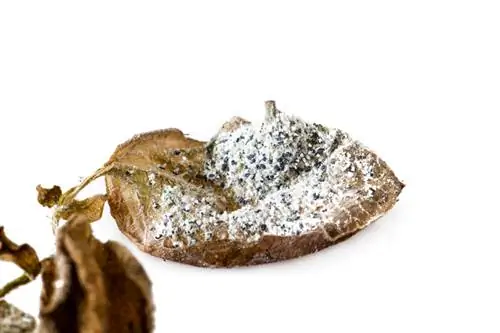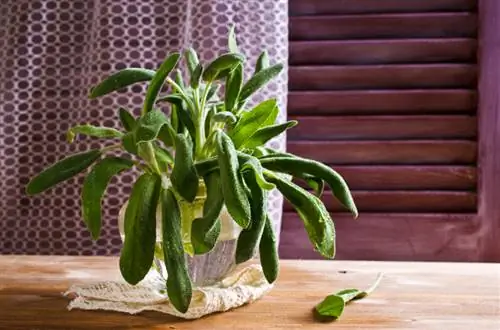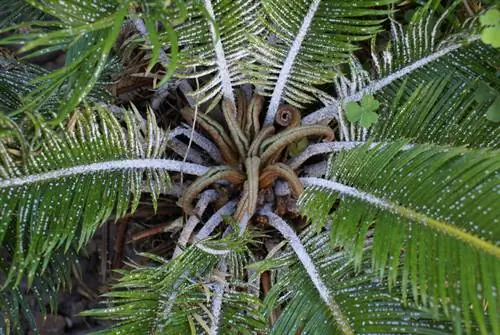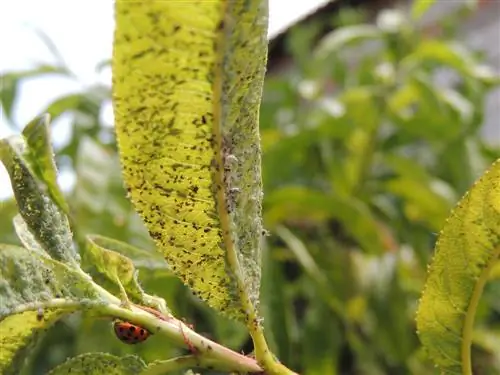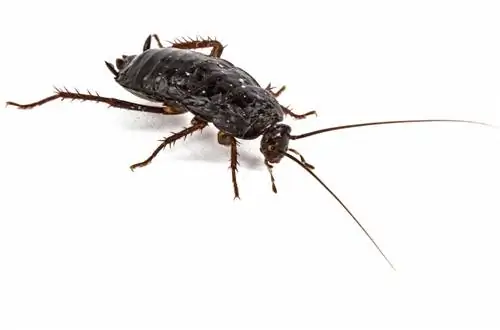- Author admin [email protected].
- Public 2023-12-16 16:46.
- Last modified 2025-01-23 11:20.
Common beeches are very robust plants that cannot be threatened by many pests. However, lice can pose a danger to the beech hedge population. They should definitely be fought, especially when the beech trees are still young.
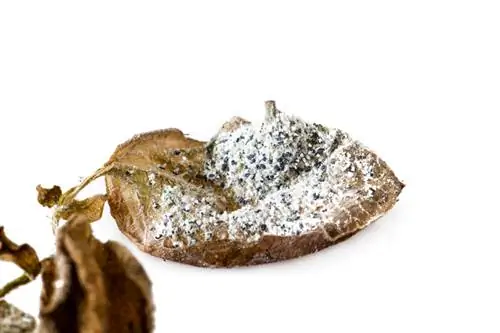
How do you fight lice on beech hedges?
To combat lice on beech hedges, make a mixture of one part rapeseed oil, three parts water and a splash of dishwashing liquid or use a nettle brew that has been brewed for 24 hours. Treat the entire plant, especially the undersides of the leaves, and discard fallen leaves.
Signs of lice infestation
The beech hedge suddenly turns brown. The leaves have curled up, withered and eventually fell off. Now you should pay attention and check the beech tree for lice. If you see yellowish-white lice, two to three millimeters long, on the underside, the beech mealybug is responsible for the damage.
The beech mealybug is known by different names:
- Woolly beech louse
- Beech ornamental louse
- Beech leaf tree louse
- Beech mealybug
It owes its name to the excretions it leaves behind on the leaves. The pests excrete honeydew, which settles on the leaf and resembles small down.
Why is the beech mealybug so harmful?
There can be several generations of lice on a beech hedge. A louse stays on a single leaf for its entire life.
It attracts other pests through its sticky excretions. Above all, fungal spores have unhindered access to the plant via the suction holes, so that sooty mold forms, which further damages the beech.
How to combat lice on beech hedges
To remove lice from the beech hedge, make a mixture of one part rapeseed oil to three parts water with a splash of dishwashing liquid. Alternatively, prepare a nettle decoction and let it steep for 24 hours before use. It is important that the product is used on the entire plant, especially on the undersides of the leaves.
Carefully collect all fallen leaves and dispose of them in the trash can, not in the compost heap!
Beech mealybugs have an ecological benefit
As annoying as the occurrence of beech mealybugs is, the pests definitely have an ecological benefit.
The honeydew they excrete provides the bees with a good source of food and thus helps to improve the garden climate.
To prevent lice, you should therefore create good conditions in the garden for natural enemies of lice such as lacewings, ladybirds and hoverflies.
Tip
Young beech hedges are particularly at risk because they are not yet very resilient. Old hedges suffer less from beech mealybugs. Trees standing alone can easily cope with an infestation.

